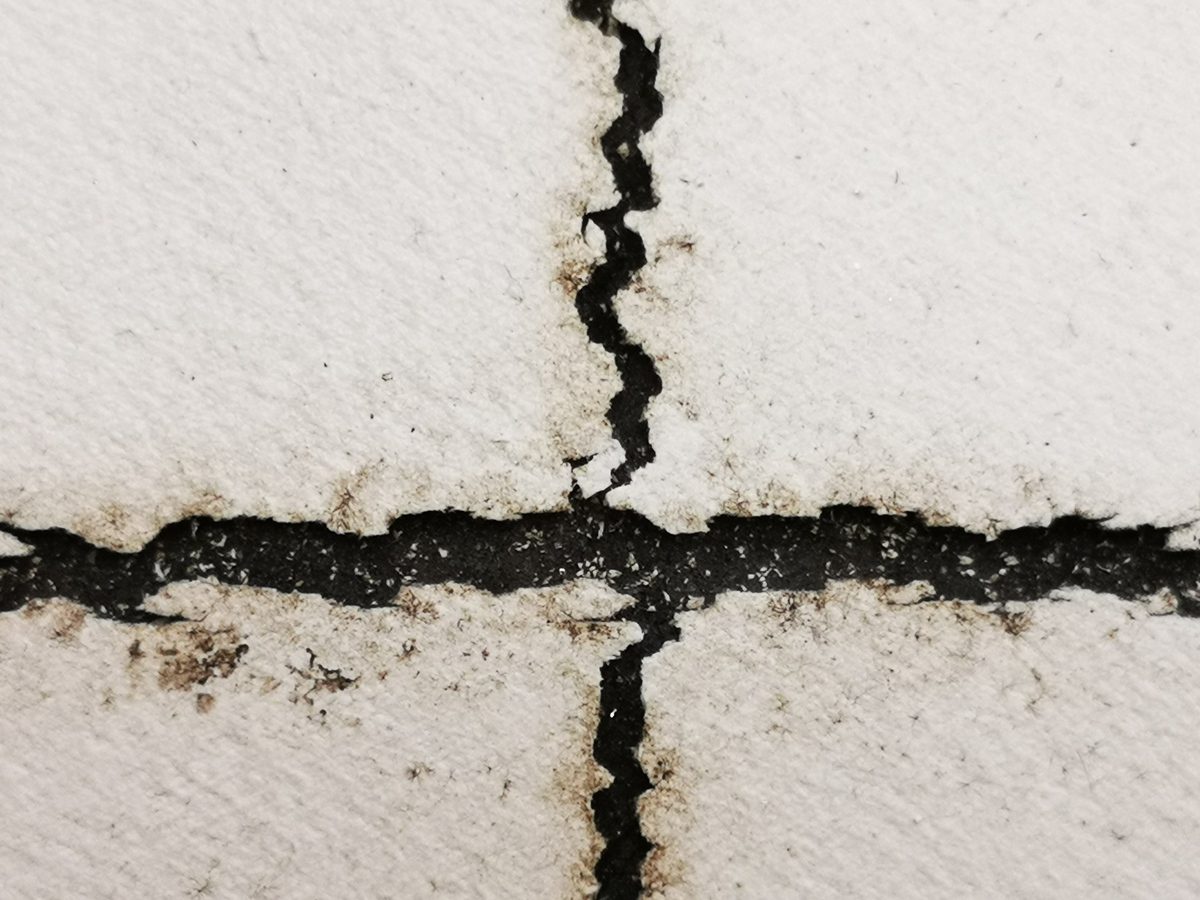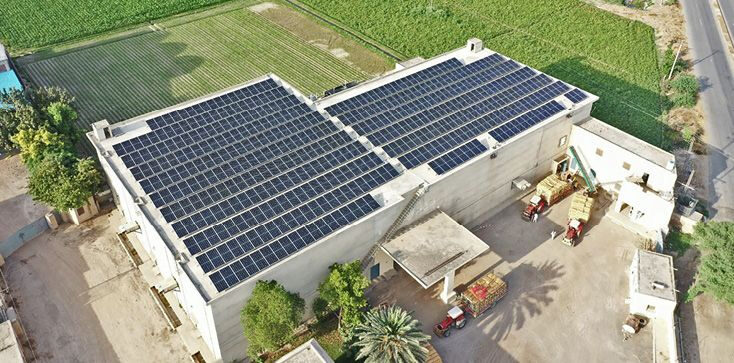Scientist at the U.S. Department of Commerce’s National Institute of Standards and Technology claim to have shed more light on the root causes of backsheet degradation in solar panels.
In the study Drivers for the cracking of multilayer polyamide‐based backsheets in field photovoltaic modules: In‐depth degradation mapping analysis, published in Progress in Photovoltaics, the researchers discuss in-depth degradation mapping of PV module backsheets.
Different tests
The researchers have tried to understand the causes of premature cracking in polyamide-based backsheets and how polyamide materials interact with solar panel architecture. They have used chemical and mechanical tests on backsheet samples from solar panels used in the United States, China, Thailand and Italy. Most of them show clear signs of premature cracking, they said.
Their analysis has also shown that the backsheet areas most affected by cracking and degradation are inner layers. “Curiously, the most brittle areas were on the inner side of the sheets,” said Xiaohong Gu, a co-author of the paper.
EVA encapsulant
The scientists have also made another interesting discovery. They have found that backsheet degradation is accelerated by damaging chemicals from the solar cell encapsulant – the ethylene vinyl acetate (EVA) film – falling onto the backsheets.
The scientists stowed several polyamide strips away in vials of acetic acid and then, after five months, analyzed the degree to which they had decayed, compared with strips placed in either air or water. Cracks mirroring those from the weathered backsheets appeared on the surface of the plastic strips exposed to acetic acid. The cracks were much worse than those on the samples that had been exposed to air or water, the researchers said.
“The test showed the first‐time direct evidence that acetic acid can largely accelerate the chemical degradation and facilitate the cracking of the polyamide inner layer,” the researchers concluded. “This study suggests that the field cracking of polyamide‐based backsheet can be attributed to the combined effects of chemical degradation and physical reorganization (chemi‐crystallization) under cyclic thermomechanical stresses.”
The scientists also noted that panels produced in the 2010-12 period mostly used polyamide-based backsheets.
This content is protected by copyright and may not be reused. If you want to cooperate with us and would like to reuse some of our content, please contact: editors@pv-magazine.com.




I am not surprised at the ‘degradation’s” caused by/on these “plastic” back sheets. One must remember that PV Panels are exposed to very wide range direct radiation from the sun that breakdown “chemical/molecular level linkages” needed to give the PV Panels their various Electricity and Non-Electricity producing capabilities.
Accelerated Ageing takes time and, in any, cannot cover the above wide range of frequencies either. This Ageing technique is based on Arrhenius’s Law… which unfortunately… applies to “simple” materials and reactions. Most Plastics and Industrially processed materials are “complicated” as the manufacturers add additional chemicals…aka “spices” to enhance production/productivity and/or provide additional features to “beat the competition”. In other words…. Accelerated Ageing is just a simple extrapolation of various conditions replicated during this testing… it fails to meet the test/limitations of Arrhenius’s Law underlying these Accelerated Ageing Test methods . So.. while it may “catch and identify” Primary Effects it will usually fail to expose Second.. Tertiary etc.. effects.
PV Panels… unfortunately… will, over time, expose these higher order effects caused by the unending Solar Broad Spectrum Radiation Bombardment.
So…. what is the best…. KISS (Keep It Simple Stupid)…. here simple Tempered Clear Glass is possibly the best option for BOTH Front AND Back Sheets for a long life of PV Panels.
PV Cells already have a big battle in Keeping It Simple as they try to extract more and more Power from the Sun… let us not complicate this further.
In fact… with Agrivoltaics balacing Energy Production above and Food Production below… the quest for higher efficiencies and more complex molecules in PV Cells will reduce and the KISS Principle …. prevail.
Hope this helps….